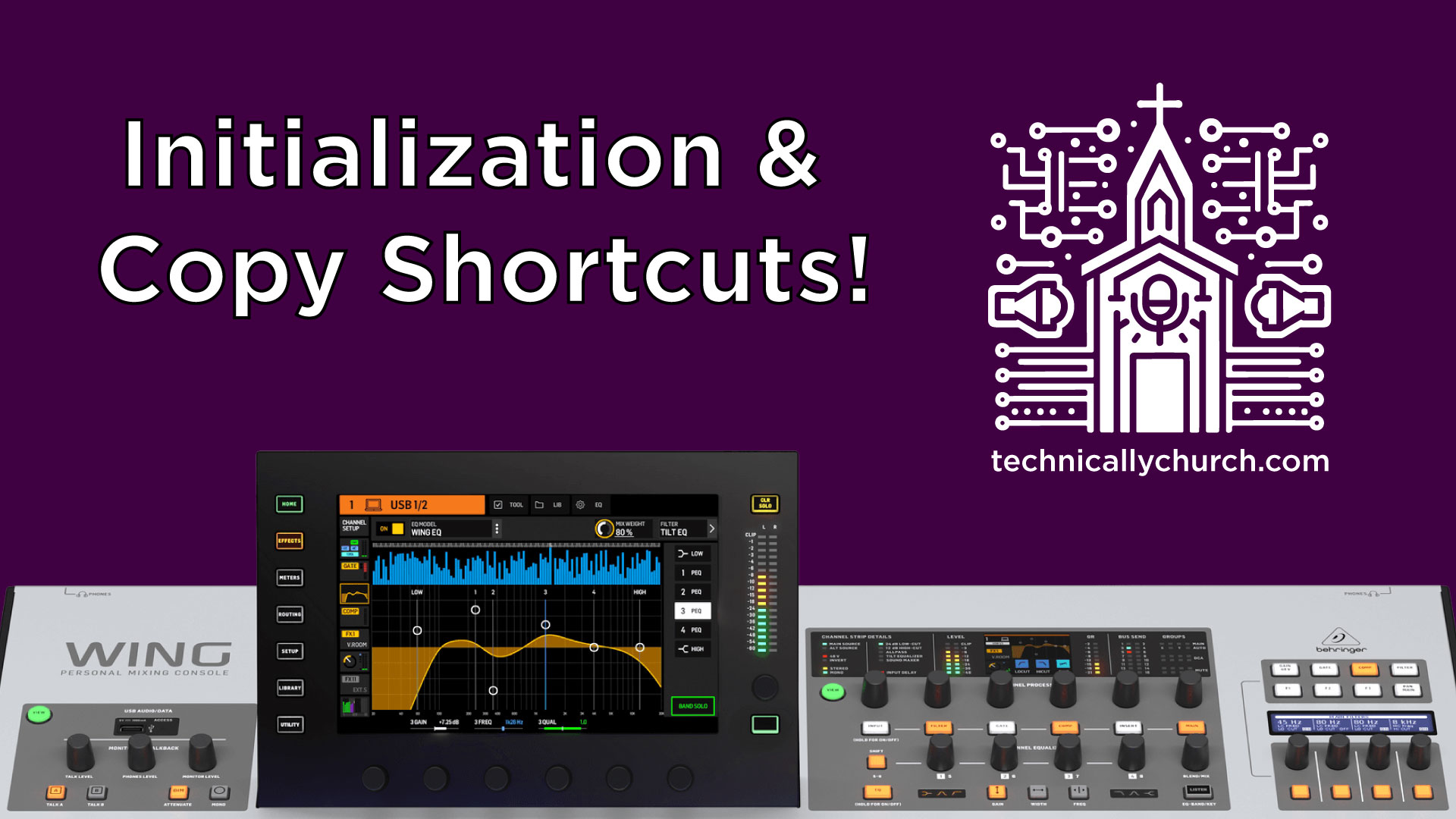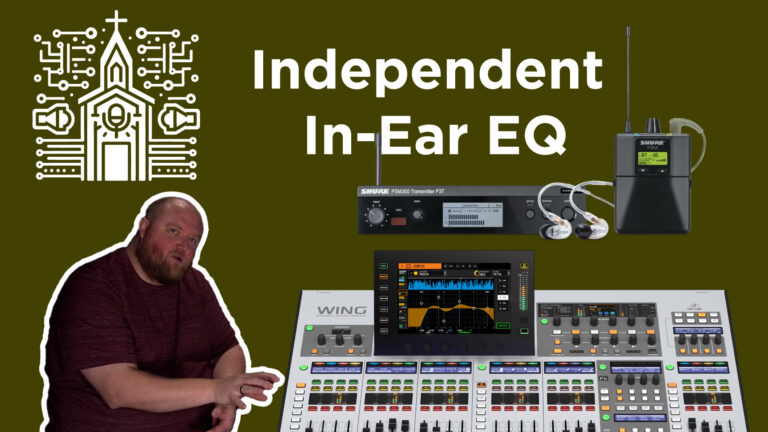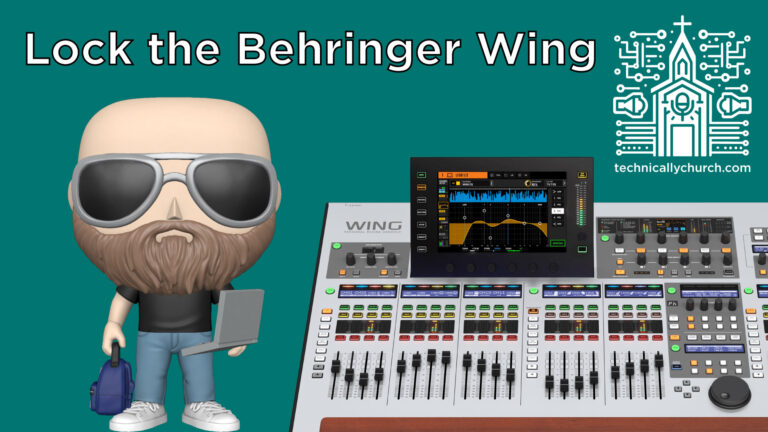Behringer Wing Tips: New Initialization & Copy Shortcuts!
Exploring New Features in Behringer Wing Firmware 3.0.5: Initialization and Copy Enhancements
The release of firmware version 3.0.5 for the Behringer Wing soundboard brings significant usability enhancements. A standout feature in this update is the relocation of the Initialization and Copy buttons, now easily accessible on the channel’s home screen. These often-used utilities, previously buried in the tools menu, are now streamlined, enabling faster workflows and allowing audio engineers to save valuable time during sound checks and live production setups. Let’s explore how these new tools work and how they can make mixing on the Behringer Wing even more efficient!
Overview of Initialization and Copy Buttons on the Behringer Wing
The Initialization and Copy buttons are now prominently located at the top of the channel’s home screen. These buttons simplify channel resets and copying settings between channels. This update fundamentally improves upon the previous system, where users had to navigate through multiple menus to access these options.
Step-by-Step Guide to Using the Initialization Feature
1. Initializing Specific Sections of a Channel (e.g., EQ):
One frequently used application of the Initialization feature is resetting the channel EQ. On previous Behringer consoles such as the X32, resetting EQ was straightforward, but the Behringer Wing lacked this simplicity—until now.
- Select the Channel You Want to Initialize:
- Use the channel selection buttons or touch the screen to navigate to the desired channel.
- For this example, let’s assume you’re working with Channel 1.
- Access the EQ Section:
- On the home screen, tap the EQ button or navigate to the equalization section.
- Reset or Initialize the EQ:
- At the top of the EQ screen, locate the Initialize button.
- Notice that it defaults to the “EQ” scope when activated.
- Tap Initialize, and the EQ band will instantly reset to a flatline.
Tip: Even after resetting EQ, certain features like the low cut and high cut remain active for greater flexibility.
2. Initializing the Entire Channel:
If you’re looking to reset all channel settings (such as EQ, dynamics, routing, etc.):
- Navigate to the Channel’s Home Screen:
- From the home tab, you’ll see the familiar layout of channel parameters.
- Select Initialize:**
- Tap the Initialization button at the top of the home screen.
- It will default to selecting the entire channel scope.
- Confirm Initialization:
- When prompted, confirm the action to clear and reset all channel parameters.
Pro Tip: This step saves time by eliminating the need to open the tools menu, select the desired items for initialization, and then apply the action. Everything can now be done in a couple of taps.
Step-by-Step Guide to Using the Copy Feature
The Copy function enables you to duplicate settings from one channel or section (e.g., EQ) to other channels, making it invaluable for maintaining consistency across your mix.
1. Copying EQ Settings Between Channels:
- Start by Selecting the Channel with the Desired EQ:
- Use the channel selection buttons or touch controls to navigate to the channel whose EQ settings you want to copy.
- Navigate to the EQ Section:
- Tap the EQ button or open the EQ screen.
- Activate the Copy Command:
- On the EQ screen, locate the Copy button at the top.
- Note that it defaults to copying only the EQ scope when in the EQ view.
- Select Destination Channels:
- After tapping Copy, select the channels to which you want to paste the EQ settings (e.g., Channels 2, 3, and 4).
- Execute the Copy:
- Confirm the action, and the EQ settings will seamlessly transfer to the selected channels.
2. Copying All Channel Settings:
- Open the Home Screen of the Source Channel:
- Navigate to the main home tab for the channel whose configuration you want to duplicate.
- Locate the Copy Button:
- As with the Initialization button, the Copy button is now conveniently at the top of the screen.
- Copy the Entire Channel:
- By default, when you tap Copy on the home screen, the entire channel (EQ, dynamics, effects routing, etc.) is selected for duplication.
- Select Destination Channel(s):
- Specify the channels where you wish to apply the copied settings.
- Verify and Execute:
- Confirm your selection, and all the parameters will be replicated to the selected channels.
Why Are These Features Valuable?
The ability to quickly access Initialization and Copy functions is especially useful in fast-paced live environments where time is limited. Whether you’re troubleshooting feedback issues, resetting a channel for a new input, or ensuring consistency between multiple channels, having these buttons at your fingertips reduces the number of steps and minimizes the chance of errors.
Common Use Cases in Church Sound:
- Simplifying EQ Resets: When you’ve dialed in an EQ setting for one source but need to start fresh, simply hit initialize without digging through menus.
- Creating Consistent Vocal Processing Channels: Copy settings such as EQ, compression, and effects from one vocalist’s channel to others for uniformity.
- Faster Troubleshooting: If a channel isn’t behaving as expected, quickly reset it using the Initialization button and reapply custom settings as needed.
Room for Advanced Techniques
Now that these buttons are more accessible, you can experiment with creative workflows:
- Using Copy with USB Scene Management: Copy your channel settings to redundant backups in other channels as part of a fail-safe scene workflow.
- Initialization for Predefined Templates: Setting up consistent initial parameters for drums, vocals, or instruments becomes significantly easier.
Conclusion
The relocation of the Initialization and Copy buttons in firmware version 3.0.5 is a much-welcomed improvement for Behringer Wing users. These simple yet powerful tools streamline common tasks, making live sound mixing and production quicker and more efficient. Whether you’re resetting a single EQ section or applying consistent processing across multiple channels, this update reflects Behringer’s commitment to enhancing usability for live audio professionals.






